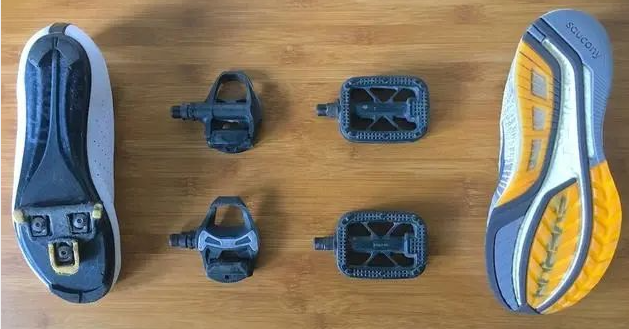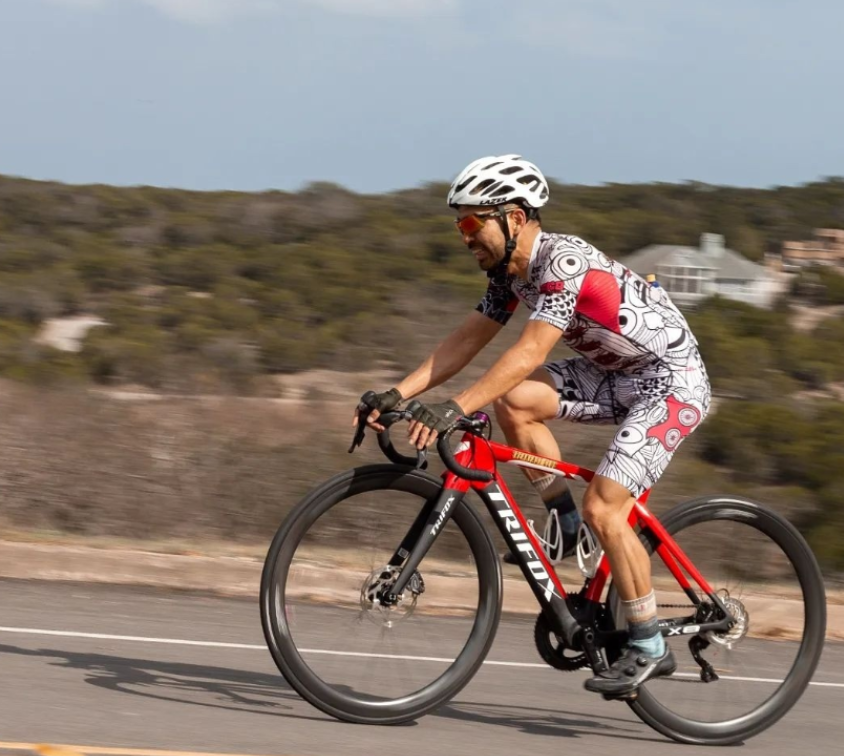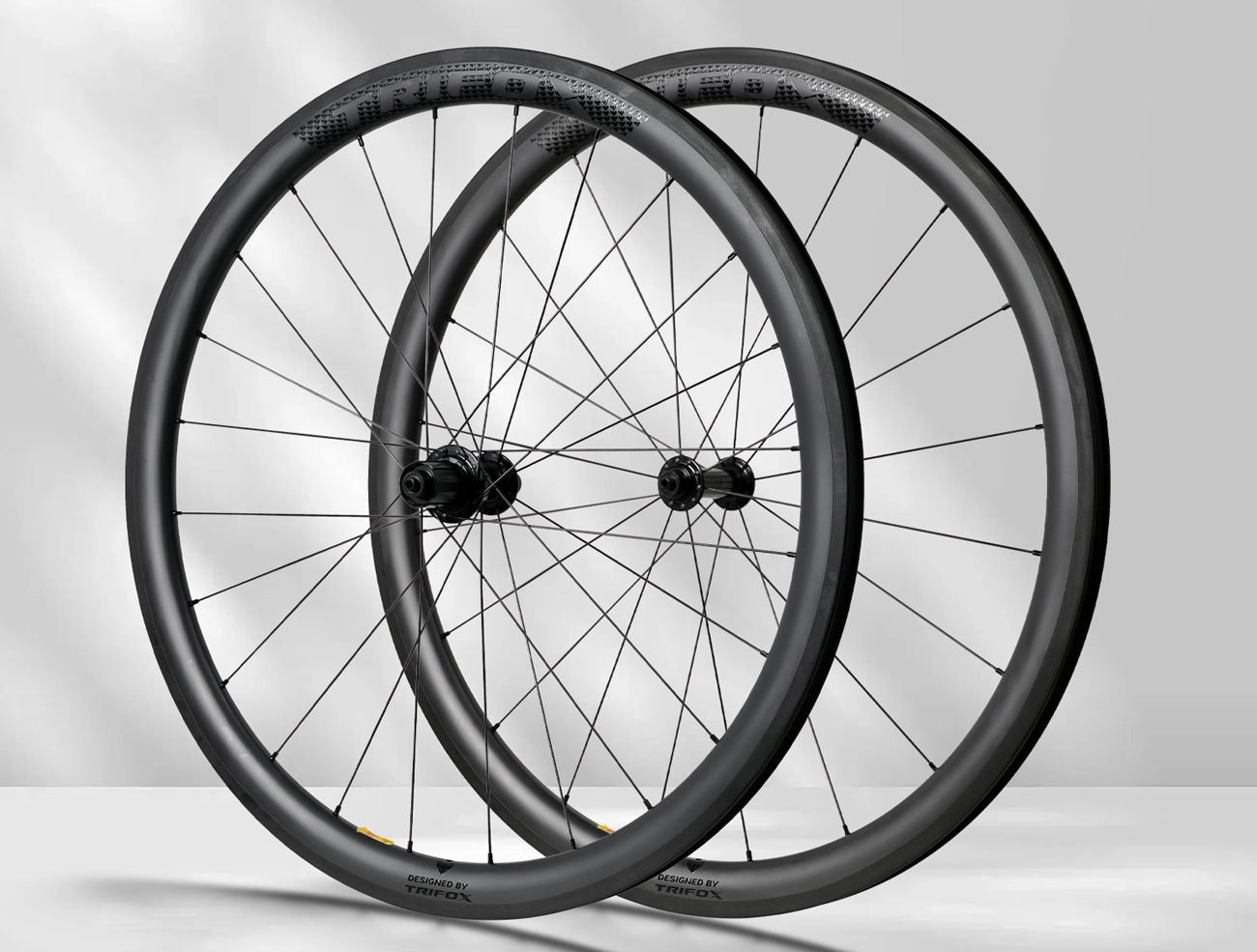If you have been riding for a while, you will know that bicycles generally have two types of pedals, lock pedals, and flat pedals. Two different pedals determine whether you need to use locked shoes, and also determine how you interact with the bike.

What are the benefits of locked shoes?
Keep your feet fixed more securely. The combination of lock shoes and pedals can keep your feet in a fixed position. When you get used to using locked shoes, locked shoes can make you safer when climbing, sprinting, or even bunny jumping.
When using flat pedals, it may cause you to use incorrect posture for a long time to pedal, which will cause you to overuse the wrong muscle group and get injured. At the same time, locked shoes generally rotate the shoelaces, which can avoid your shoelaces. Rolled into your tooth plate.
Improve pedaling efficiency. The pedaling efficiency here generally refers to sprinting and climbing. When you get up and shake the bike, the pedals will give you more confidence.
If you use soft-soled shoes, the deformation of the sole may cause energy loss. Studies have shown that compared to soft-soled shoes, lock shoes can improve your maximum sprint success rate by 10%.

So, if you are a road bike rider, locked shoes are a good choice.
Disadvantages of using locked shoes
An extra pair of shoes: If you are a small long-distance traveler, you may want to prepare an extra pair of shoes for use during breaks. Of course, you can also run back and forth in locked shoes, but this will speed up the wear and tear of the shoes.
Bad road conditions: If the road conditions are bad or in some places where you have to push your car, or in urban areas with many traffic lights, it will be very troublesome to lock your shoes.
It may take time to become proficient: almost every rider has experienced a zero-speed fall. This is a process of growth. Even experienced riders will also forget to unlock it.
So, do you wear a pair of locked shoes for your rides?



















































































